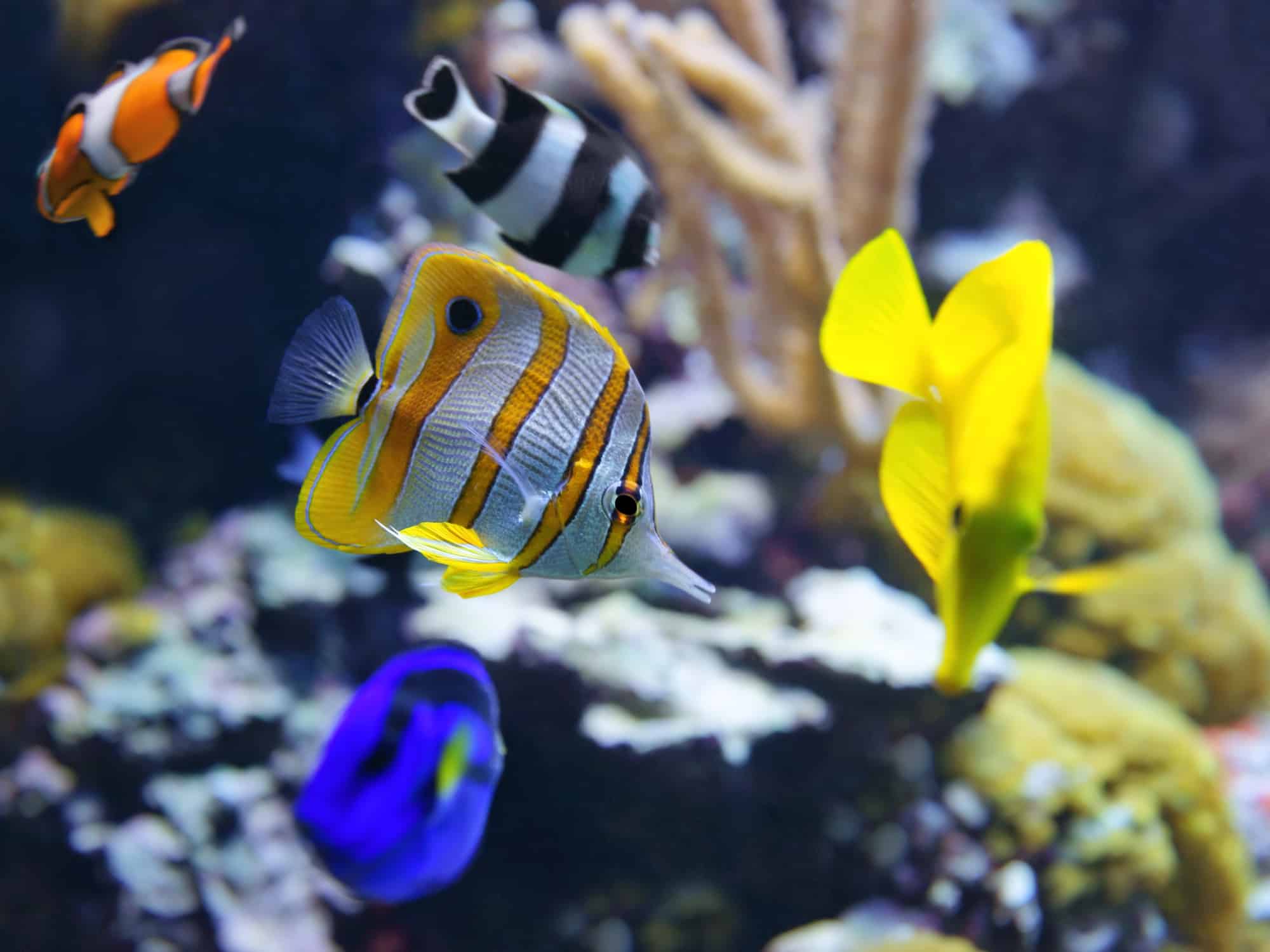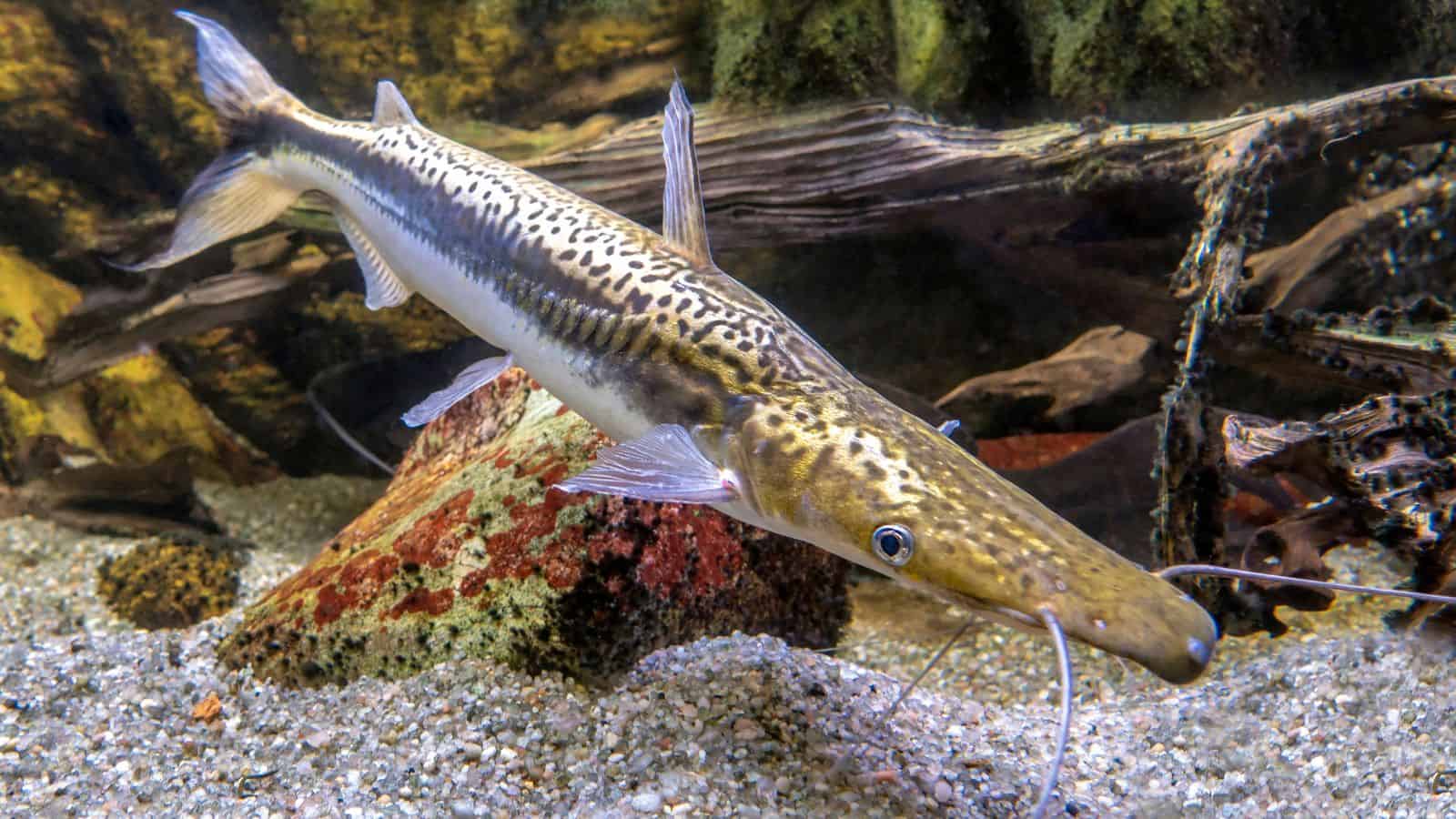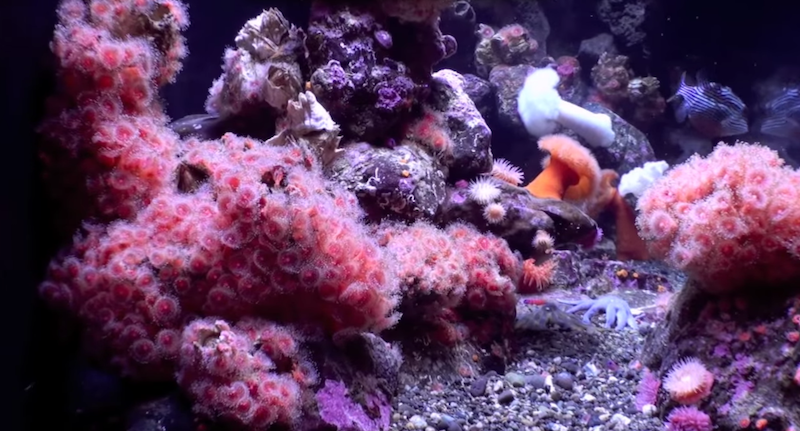I’ve been an avid fish keeper for over 40 years, and I know a thing or two about this fascinating industry. But they say that every day’s a learning day, and that’s certainly the case when it comes to the fish trade.
Beneath the serene tranquility of your home aquarium and the beautiful fish it contains lies a complex and often surprising world.
Join me as I dive deep into the wonders and challenges that lurk beneath the surface of the exotic fish trade!
Key Takeaways
- The ornamental fish trade is a lucrative global industry worth billions, with certain rare fish like the Platinum Arowana fetching upwards of $400,000.
- Overfishing for the pet trade has significant ecological impacts, including disrupting food webs and damaging marine ecosystems and local economies.
- Advances in aquaculture technology and cultural significance contribute to the popularity of exotic fish, though ethical and legal considerations are crucial for conservation efforts.
A Multibillion-Dollar Industry
Although keeping tropical and coldwater fish might seem like a niche hobby, it is, in fact, a massive global industry, and the trade in ornamental fish is estimated to be worth billions of dollars annually.
Certain specimens command staggering prices, turning heads and opening wallets in equal measure.
For example, Platinum Arowana, a huge, majestic freshwater fish from Southeast Asia’s rivers, is best known for its shimmering silver scales and graceful movements. This carnivorous fish can fetch upwards of $400,000, making it one of the most expensive aquarium fish in the world.
Then there’s the Peppermint angelfish, a dazzling jewel of the coral reefs found in the saltwater of the Pacific Ocean. With its striking red and white stripes and delicate fins, this stunningly beautiful fish is a sought-after prize for collectors, commanding prices that can easily reach $30,000 or more.
Global Spending Trends

Although keeping exotic fish is undoubtedly popular in the US, Japan leads the pack in annual spending on pet fish. With a vibrant aquarium culture deeply ingrained in its society, Japan’s aquarium industry generates billions of dollars each year.
Even a humble fancy goldfish or Koi can fetch hundreds of dollars if the form and coloration are unusual and particularly sought after.
The Impact on Wild Populations
These days, many exotic fish species are bred in captivity. However, a significant portion is still captured from the wild, which can be extremely detrimental to natural ecosystems.
Overfishing, driven by the demand for rare or aesthetically pleasing species, puts tremendous pressure on already vulnerable populations. The indiscriminate removal of fish from their natural habitats disrupts intricate food webs, potentially impacting entire ecosystems.

For example, species that serve crucial ecological roles, such as maintaining coral reef health or controlling algae populations, can dramatically decline in numbers, further destabilizing marine environments.
In addition, capturing wild fish often involves destructive methods, such as cyanide or dynamite fishing, which not only devastate fish populations but also cause collateral damage to surrounding marine life and habitats, especially coral reefs.
Overfishing
The consequences of overfishing extend beyond the immediate ecological impacts. In some regions, local communities are dependent on marine resources for food. Therefore, when fish numbers are dramatically reduced, whole livelihoods can be devastated.
Rare and Endangered Species
The quest to own the rarest and most unique fish fuels the demand for particular species that are often endangered in the wild.
Unfortunately, some collectors are willing to pay exorbitant prices for these elusive specimens, further driving their decline in natural habitats. Of course, some countries and states have strict laws designed to prevent the collection or export of endangered or threatened fish and invertebrate species. However, the prospect of earning thousands of dollars from trading a rare species strongly motivates many.

Ironically, many rare fish are highly sensitive to environmental changes and don’t survive the trauma of being caught, transported, and kept in less-than-ideal conditions. That only serves to reduce endangered species populations even more.
Unintended Consequences of Release
Unfortunately, many newbies to the fish-keeping hobby buy fish that quickly outgrow their tank. Other exotic species are challenging to care for and difficult to feed.
Some owners release their pets into local waterways rather than attempting to rehome them or upgrade to a larger tank to accommodate them. This can have devastating consequences, as alien species often outcompete native fish for resources or introduce diseases to local populations.
One extreme example of an alien fish species that has caused significant ecological issues is the Asian carp, specifically the Bighead carp (Hypophthalmichthys nobilis) and the Silver carp (Hypophthalmichthys molitrix). These fish were originally introduced to the United States in the 1970s for aquatic weed control and aquaculture purposes but have since spread rapidly throughout many waterways, particularly in the Mississippi River basin.

Asian Carp are notorious for their rapid growth rates, large size, and voracious feeding habits. They quickly outcompete native species for food and space, disrupting entire ecosystems. In addition, these fish are notorious jumpers, leaping out of the water when and posing a danger to boaters and other recreational water users.
Another good example of a former pet causing chaos in the wild environment is the turtle, and the Red-eared Slider (Trachemys scripta elegans) is a prime example. Originally native to the southern United States and northern Mexico, the Red-eared Slider has been widely kept as pets. When owners release these critters into local water bodies, they establish populations that compete with native turtle species for resources and nesting sites. They can also carry diseases that affect local turtle populations.
Ethical Considerations

The exotic fish trade raises important ethical questions regarding animal welfare and conservation.
Responsible sourcing, proper care standards, and keeper education are crucial to ensure fish’s well-being and preserve their natural habitats. As mentioned above, the irresponsible collection of wild fish and the release of alien species into the wild can have devastating consequences.
For example, although a rare, strikingly attractive fish might look great in a fish tank, surely the animal is more likely to thrive and reproduce in its natural habitat.
Legal and Regulatory Challenges

International regulations aim to protect endangered species and prevent the spread of invasive alien species, but enforcement can be difficult, leading to loopholes and illicit practices.
Stay on the right side of the law by:
- Learn about the species you’re interested in, including their natural habitat, conservation status, and common methods for illegally sourcing them.
- Always buy fish and other aquatic creatures from reputable and licensed dealers, breeders, or stores that prioritize ethical and sustainable practices.
- Ask about the origin of the fish or invertebrates, breeding practices, and any necessary permits or certifications.
- Choose captive-bred specimens over wild-caught ones whenever possible to reduce the demand for illegally sourced animals.
- Verify the authenticity of any permits or certificates provided with the purchase, ensuring they match the species and origin.
If you’re in any doubt about where the fish came from, don’t buy it.
Technological Innovations

Advancements in aquaculture technology have revolutionized the exotic fish trade.
For example, aquaculture technology has allowed for the breeding of exotic fish species in controlled environments, greatly increasing their availability in the market and protecting wild populations.
Additionally, advancements in transportation technology have made it possible to transport live fish over longer distances, ensuring that they arrive at their destination in good condition.
These advancements have also enabled fish breeders and fish farmers to monitor and control the water quality and temperature in their farms, providing a healthier environment for the fish and reducing the risk of disease outbreaks. As a result, exotic fish are now more widely available and affordable for fish enthusiasts and hobbyists around the world.
Cultural Significance

In many cultures, fish hold symbolic significance and are revered as symbols of prosperity, luck, or spirituality. The exotic fish trade reflects these cultural values, with particular species being extremely popular in those countries.
For example, in Chinese culture, Koi fish are believed to bring good fortune and luck to their owners. These gorgeous, brightly colored fish are often kept in ornamental ponds and are considered a symbol of perseverance, strength, and courage.
In Japanese culture, the Koi fish is a symbol of love and friendship and is associated with perseverance. Legend has it that a Koi fish that swims upstream and successfully reaches the top of a waterfall is transformed into a fiery dragon.
Final Thoughts
I hope you enjoyed our journey into the wonders of the exotic fish trade. Although the fish-keeping hobby offers enthusiasts the opportunity to admire the beauty of aquatic life up close, it also raises pressing issues related to conservation, ethics, and sustainability.
By supporting and promoting responsible practices and awareness, we can all ensure that the hobby remains a source of joy and fascination for many generations to come.



